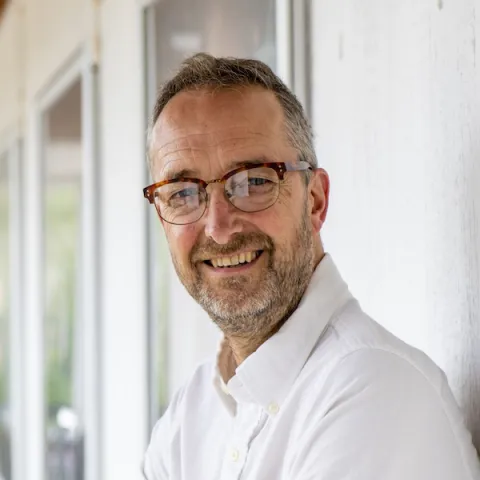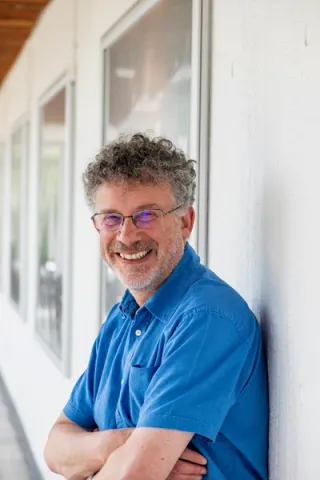About the project
In a healthy brain, neurons form large, highly controlled communication networks with many other cells. Study of the structure of neurons on a scale less than 100nm is challenging. We have developed an ultrafast coherent soft X-ray source, based on a high-energy femtosecond pulsed laser. This can be used for high resolution imaging at the nanometre scale. We demonstrated the first ever application of such a source to biological structures. This new technique of coherent X-ray imaging is known as ptychography. It uses a combination of femtosecond X-ray pulses and sophisticated computational algorithms to calculate images from X-rays scattered from the object as the X-ray beam moves.
You will benefit from the multi-disciplinary nature of the supervisory team, and act as a point of crystallisation for the application of nanometre-resolution imaging technologies to the nanometre-scale neuronal molecular machines whose properties are fundamental to brain function. You will gain experience in high-energy femtosecond lasers, confocal fluorescence microscopy techniques, and development and application of ptychographic image reconstruction algorithms. Dependent on funding, the project may extend to work with the Rosalind Franklin Institute, one of the UK’s leading research institutes in biological imaging.

